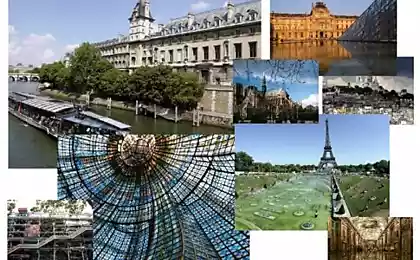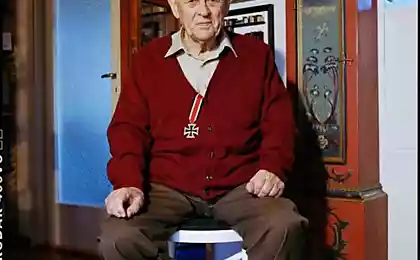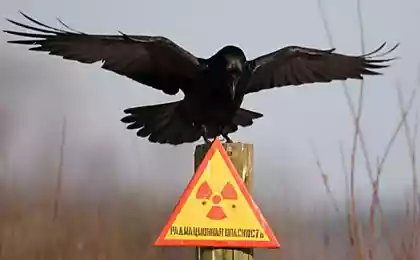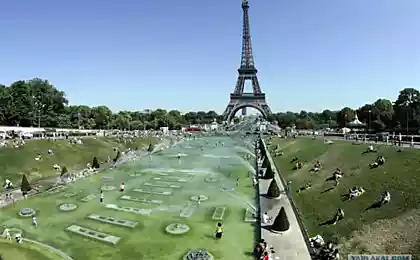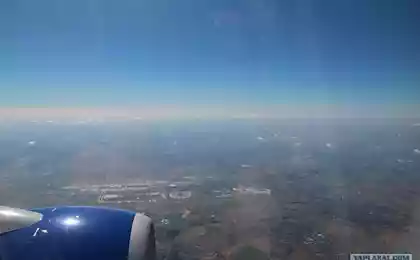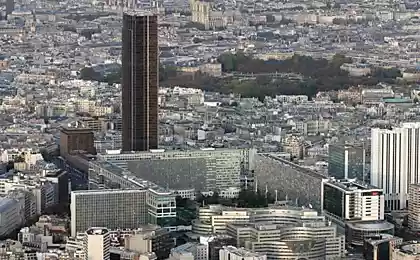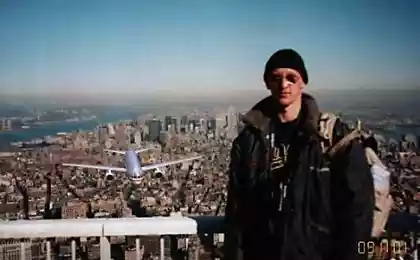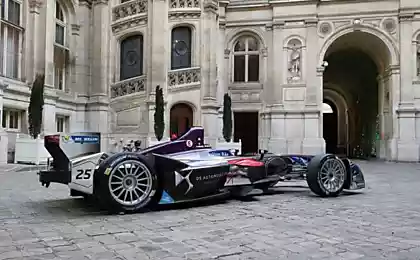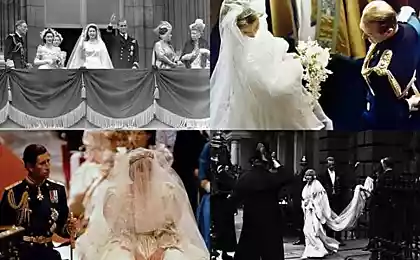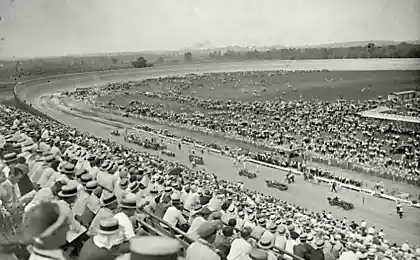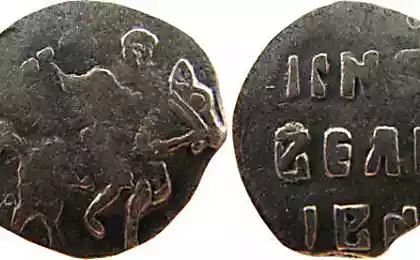866
Autochrome pictures of Paris 1923
Photographer Jules Gervais-Kurtelmon (Jules Gervais-Courtellemont) was born in 1863 in the suburbs of Paris, in the province of Seine-et-Marne, but grew up mainly in Algeria.
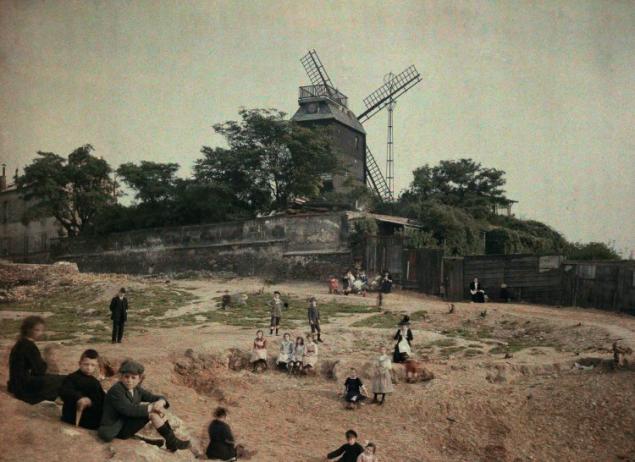
Tireless traveler and seeker of exotic sights, he traveled throughout the Middle East and North Africa, from Morocco to Turkey. Gervais Kurtelmon even traveled to India and China, photographing everything in its path.
In 1894, he converted to Islam, and soon thereafter, made a pilgrimage to Mecca. His photographs of the holy city was published in the magazine L'Illustration («Illustration") in 1897.
Jules Gervais-Kurtelmon became one of the first artists who used Autochrome, one of the oldest processes of color photography, patented in 1903 by the famous brothers Lumiere.
For autochrome process requires long exposure, which means that it is suitable only for relatively static scenes. However, Gervais Kurtelmon used this method to document the First World War. He became famous for accurate composition, attention to detail and beautiful use of light and color. Becoming a photographer National Geographic, Gervais Kurtelmon continued to travel and lecture on photography.
In January 1923, he photographed attractions all over Paris. At that time, after the end of World War II, the city experienced a period of growth and optimism.
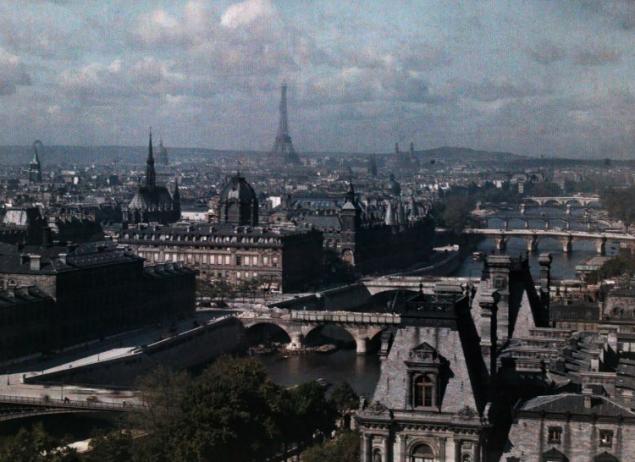


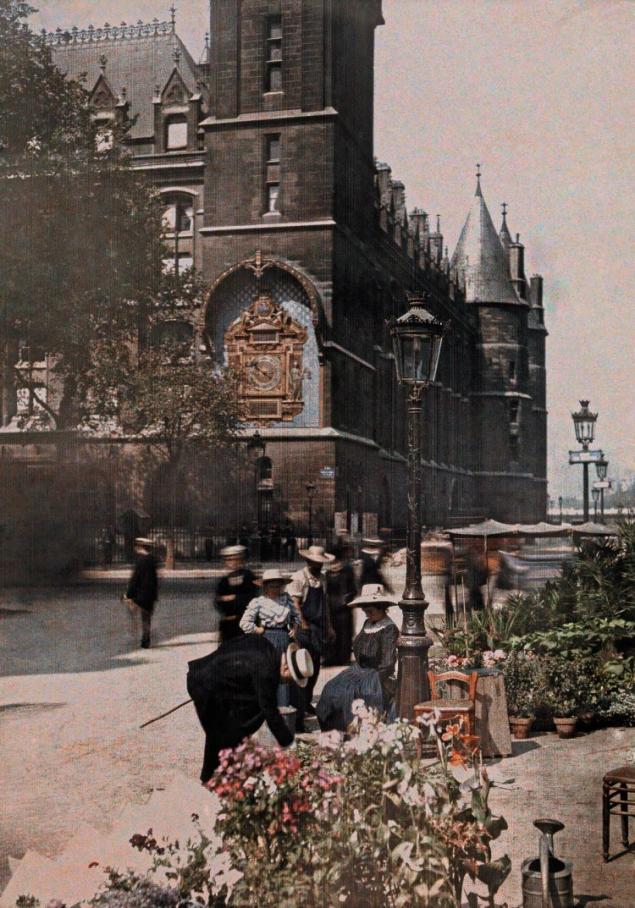
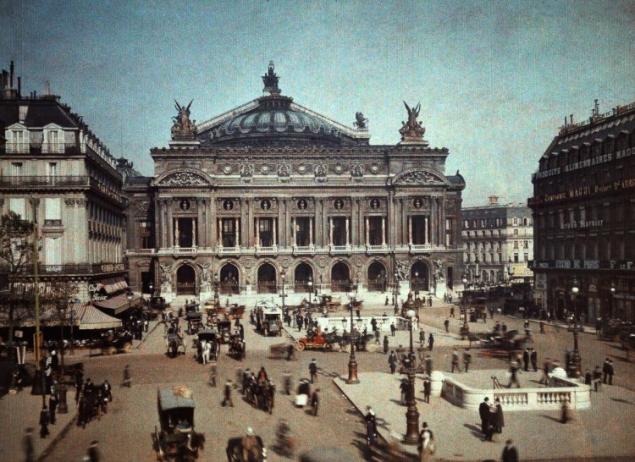

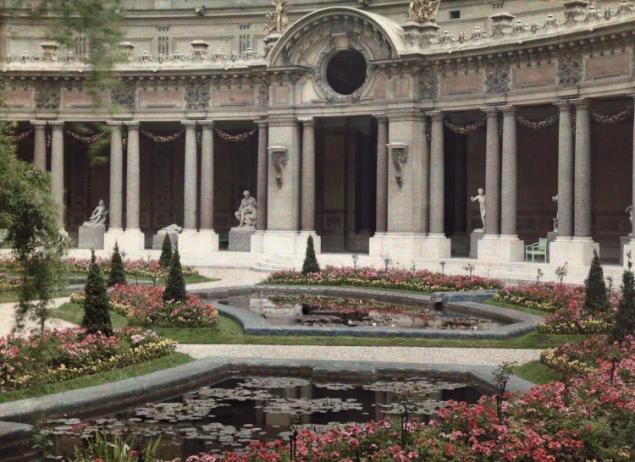
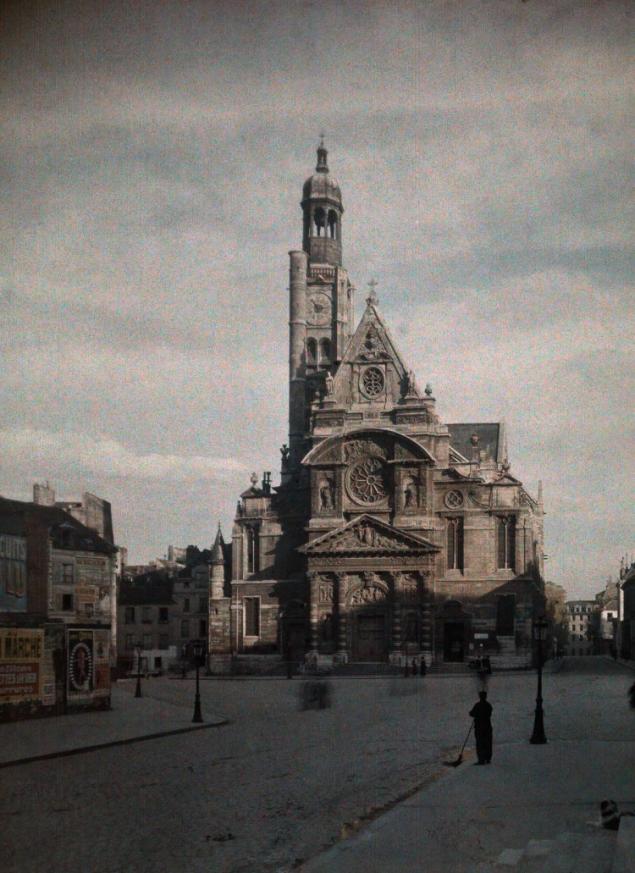
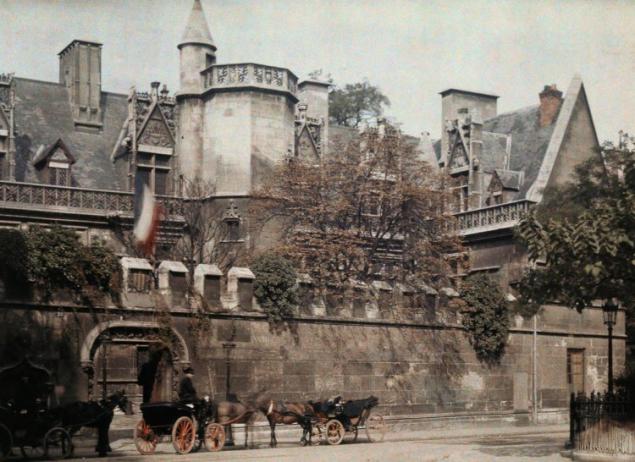
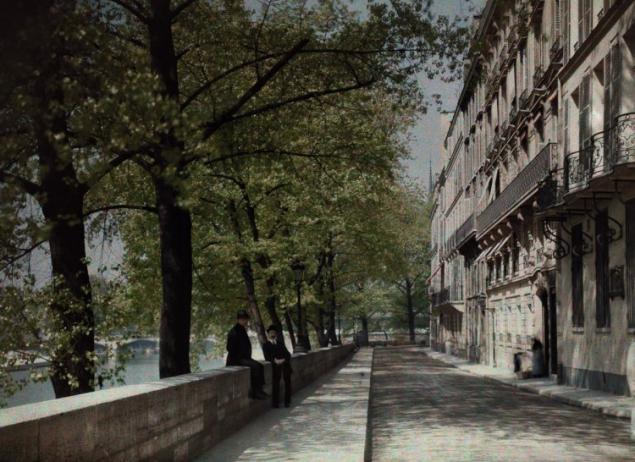

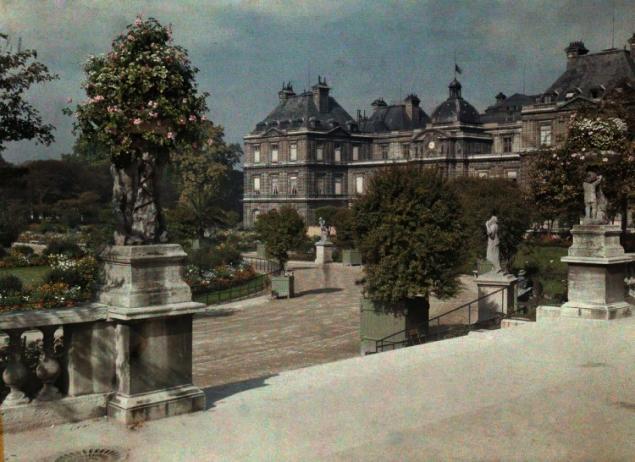
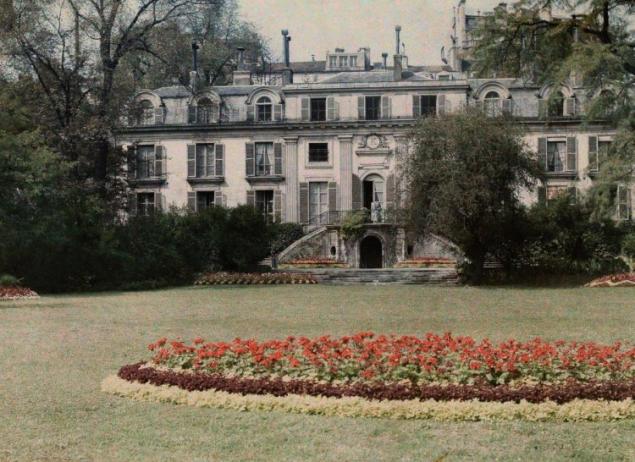
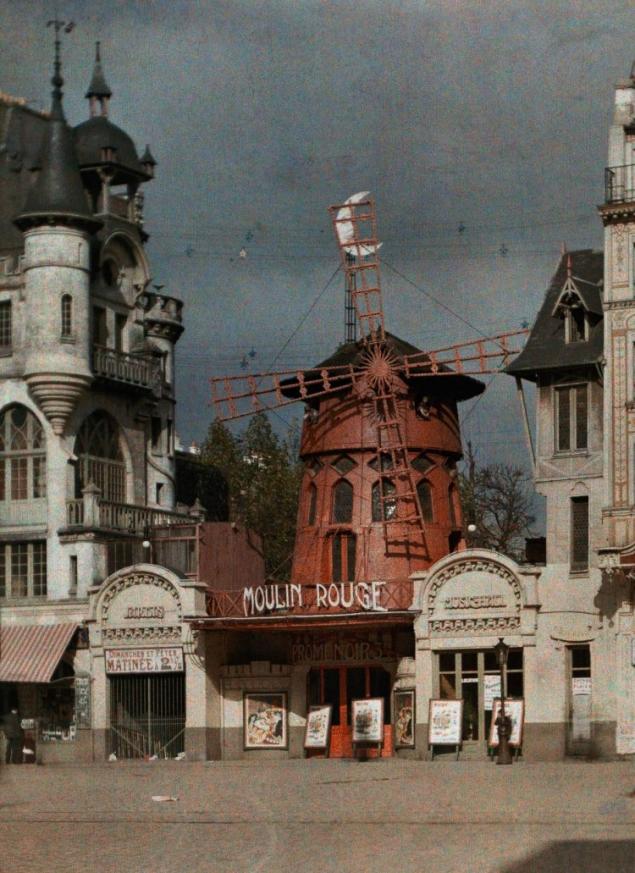

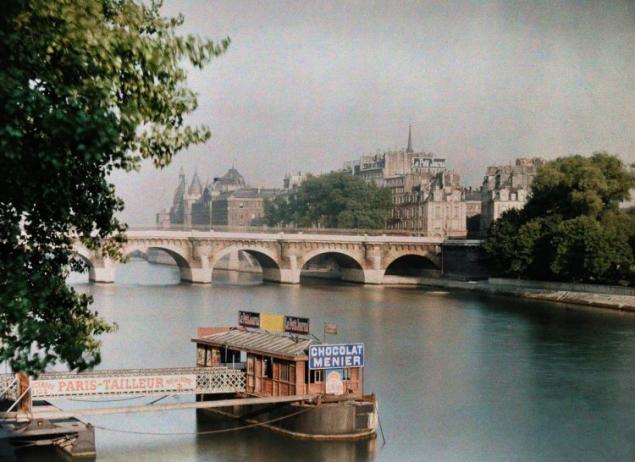
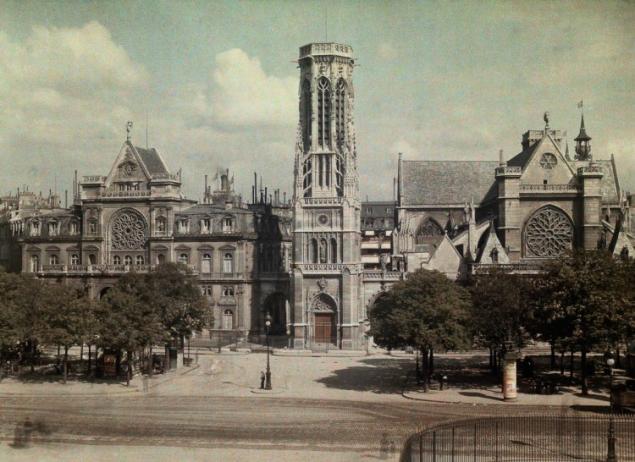
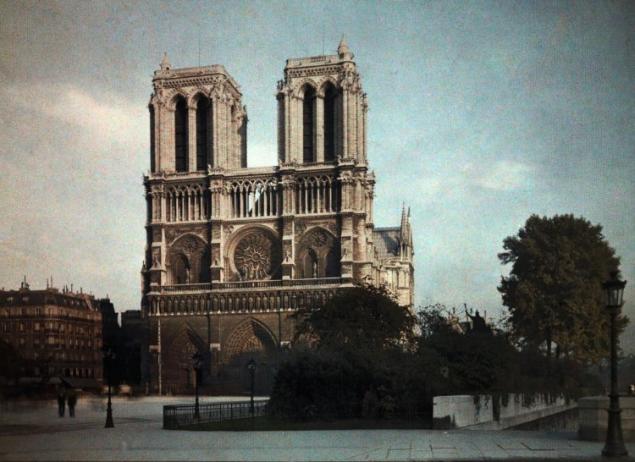

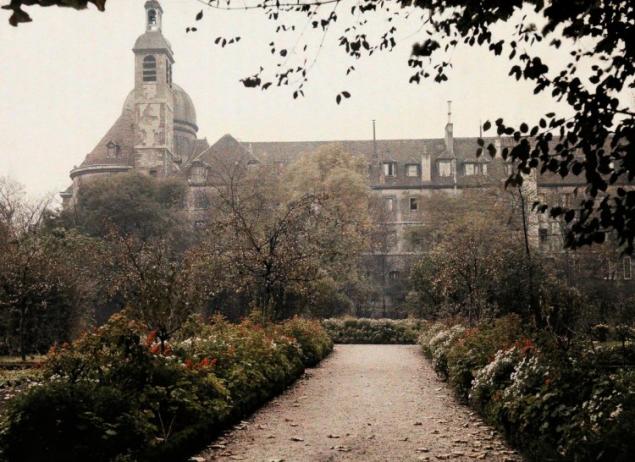
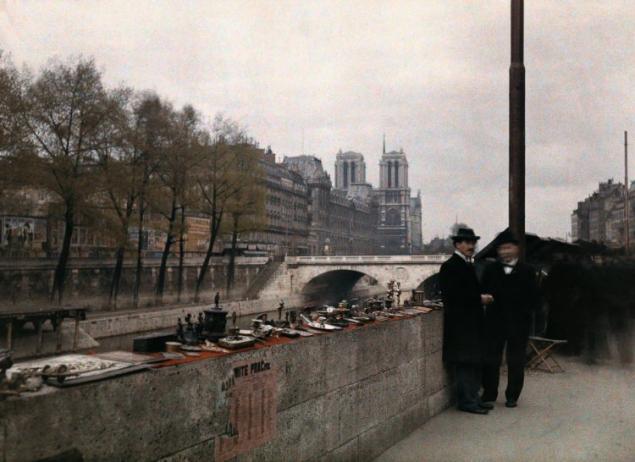
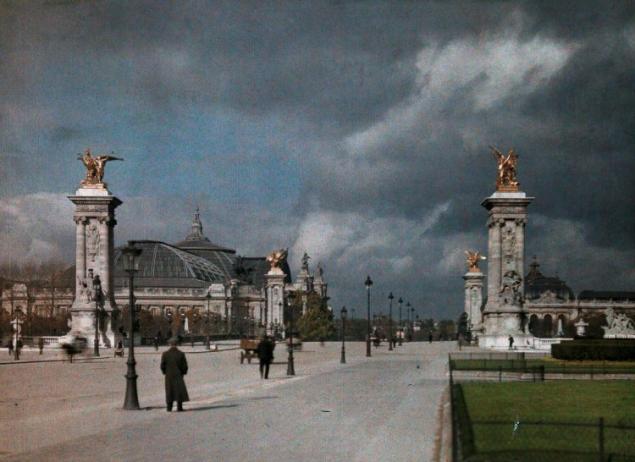

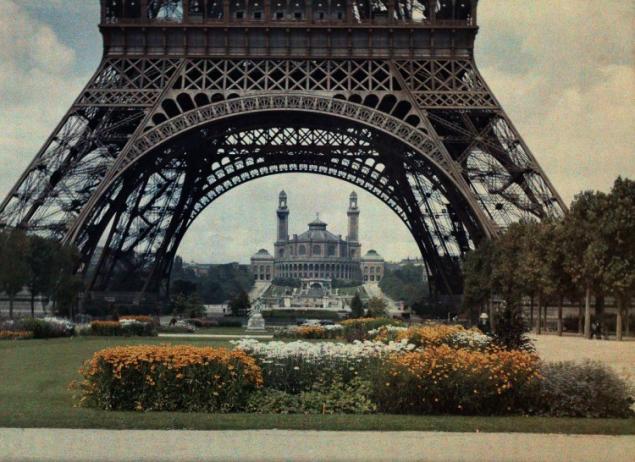

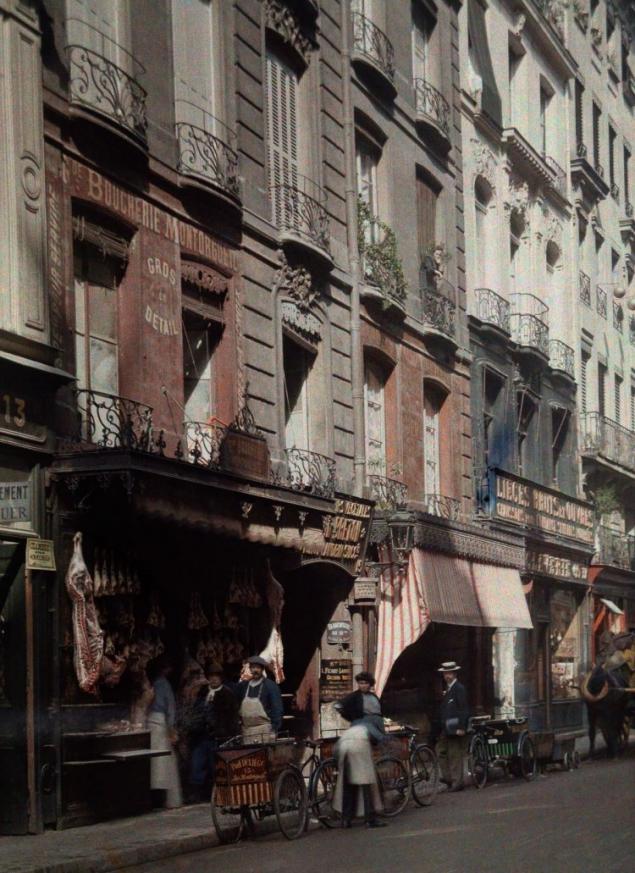
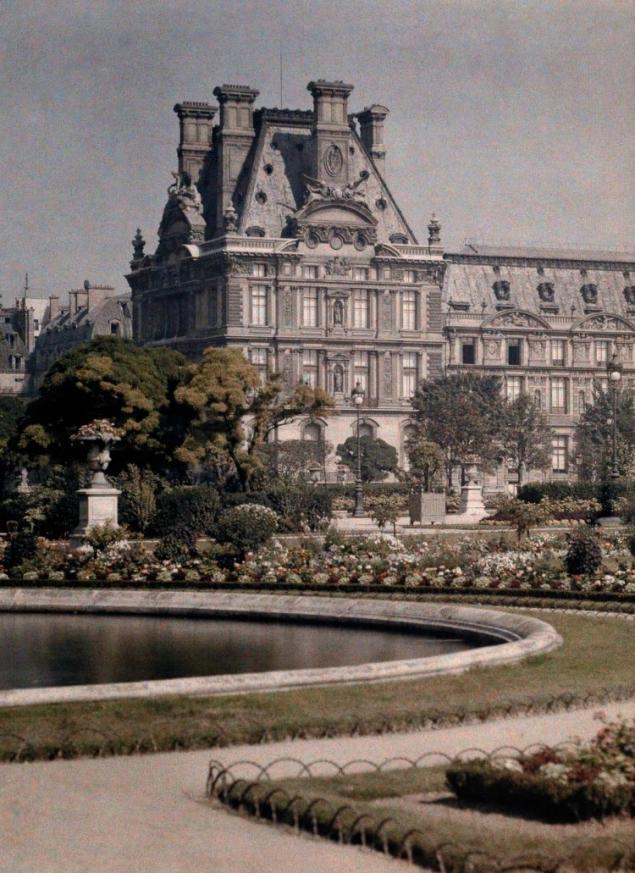


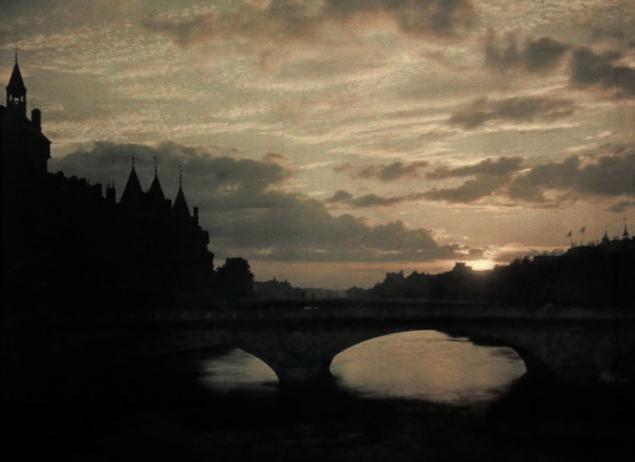

Tireless traveler and seeker of exotic sights, he traveled throughout the Middle East and North Africa, from Morocco to Turkey. Gervais Kurtelmon even traveled to India and China, photographing everything in its path.
In 1894, he converted to Islam, and soon thereafter, made a pilgrimage to Mecca. His photographs of the holy city was published in the magazine L'Illustration («Illustration") in 1897.
Jules Gervais-Kurtelmon became one of the first artists who used Autochrome, one of the oldest processes of color photography, patented in 1903 by the famous brothers Lumiere.
For autochrome process requires long exposure, which means that it is suitable only for relatively static scenes. However, Gervais Kurtelmon used this method to document the First World War. He became famous for accurate composition, attention to detail and beautiful use of light and color. Becoming a photographer National Geographic, Gervais Kurtelmon continued to travel and lecture on photography.
In January 1923, he photographed attractions all over Paris. At that time, after the end of World War II, the city experienced a period of growth and optimism.






























